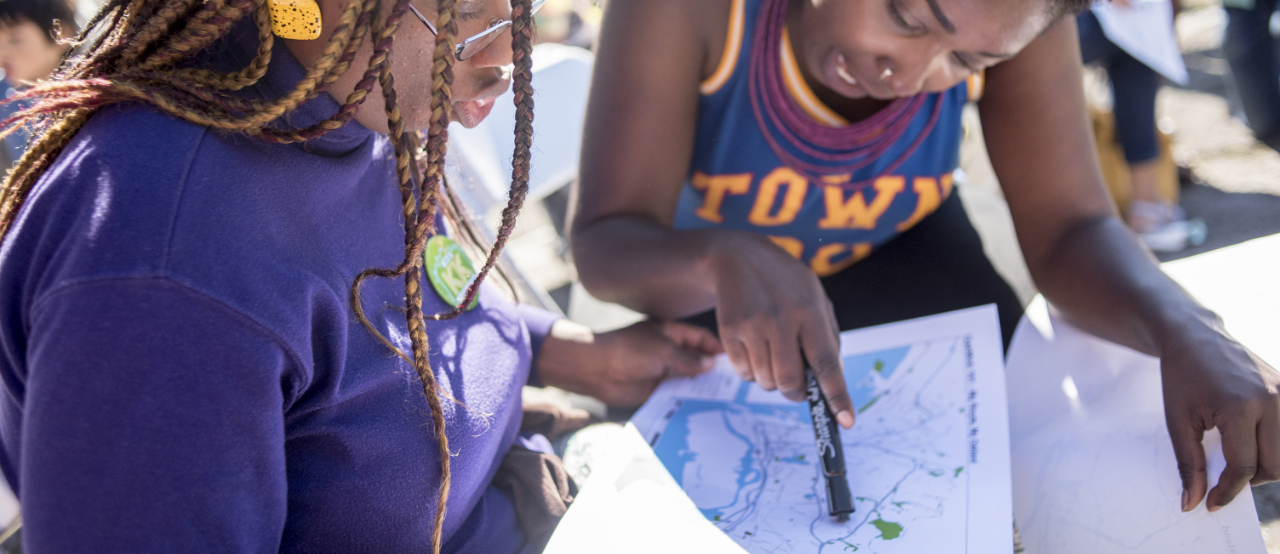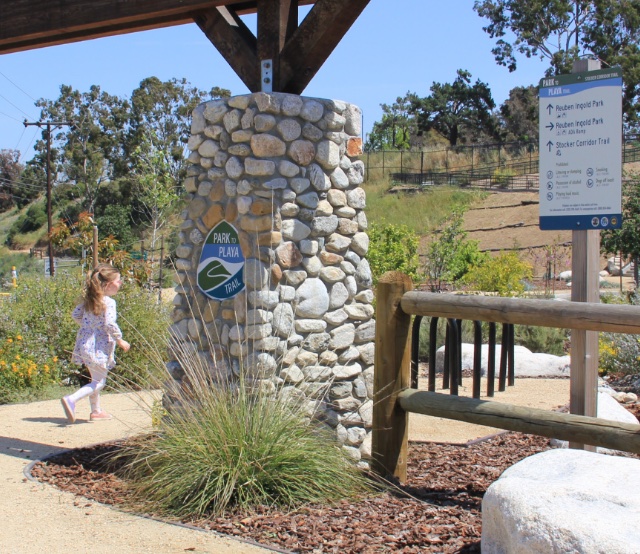FEATURED
February 15, 2024
 Press Releases
December 5, 2023
Press Releases
December 5, 2023
 Bike Portland | Alta in the News
November 23, 2023
Bike Portland | Alta in the News
November 23, 2023
 Portland Business Journal | Alta in the News
October 26, 2022
Portland Business Journal | Alta in the News
October 26, 2022
 The Mendocino Voice | Alta in the News
April 10, 2023
The Mendocino Voice | Alta in the News
April 10, 2023
 Delacopa.gov | Alta in the News
May 9, 2023
Delacopa.gov | Alta in the News
May 9, 2023
 Warwick Advertiser | Alta in the News
May 17, 2023
Warwick Advertiser | Alta in the News
May 17, 2023
 DJC Oregon | Alta in the News
June 23, 2023
DJC Oregon | Alta in the News
June 23, 2023
 Port City Daily | Alta in the News
July 5, 2023
Port City Daily | Alta in the News
July 5, 2023
 Daily Journal of Commerce | Alta in the News
July 14, 2023
Daily Journal of Commerce | Alta in the News
July 14, 2023
 Yahoo! News | Alta in the News
Yahoo! News | Alta in the News




